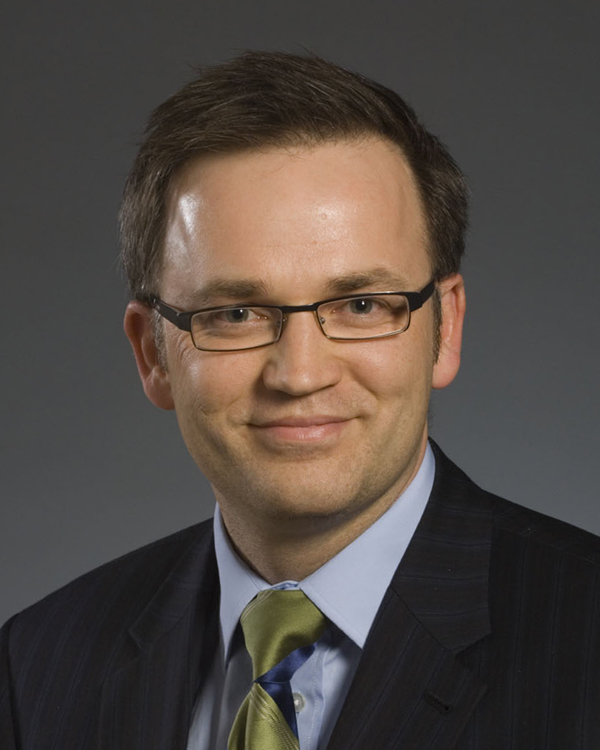Improving services, processes
Some changes have already been made and others are in the works as the university begins implementing the first stages of the Service and Process Enhancement Project (SPEP).
By Colleen MacPherson Richard Florizone, vice-president of finance and resources, said phase one of the project advanced over the summer on four fronts – printing; payments and procurement; communications; and "thinking about what's next." The areas were identified for immediate attention in a broad survey of university service offerings and processes conducted in the initial stage of SPEP earlier this year.
Richard Florizone, vice-president of finance and resources, said phase one of the project advanced over the summer on four fronts – printing; payments and procurement; communications; and "thinking about what's next." The areas were identified for immediate attention in a broad survey of university service offerings and processes conducted in the initial stage of SPEP earlier this year.
The most visible changes have taken place in the university's printing operations "which we're looking at in this new era of concerns about sustainability and how the use of internet can assist with improving printing services to the campus community—including turnaround time, customer service, as well as reducing costs," said Florizone. The first step was closing the satellite printing operations across campus in favour of a centralized service. "With the internet, most material you can order electronically from a central printing solution" which frees up much-needed space on campus and allows for a more efficient use of equipment and staff time.
The university has also entered into a partnership with Xerox, which is providing consulting services for training staff on its equipment and support for improving workflow and other processes in the new structure.
In the area of payments and procurement, one change has been the adoption of electronic funds transfers for travel expense reimbursement. Now, the reimbursements are electronically deposited, like paycheques, saving the university from preparing and mailing cheques.
Florizone said the U of S has also joined the University Spend Collaborative, a group of North American institutions that are pooling procurement information to determine opportunities for savings. Staff spent the summer preparing a massive database of procurement activity for the organization – "You can imagine what a university purchases!" – that will be analyzed to provide the U of S with areas of improvement in its management of supply costs. Florizone said the results provided through the collaborative will allow the university to assess, and change, current practices.
"I believe there are actual opportunities here," he said. "This report will tell us where they are."
On the communications front, Florizone said Vice-President University Advancement Heather Magotiaux is looking to create a more integrated communications structure at the U of S, the first step being research into how other universities organize. That work is focused mainly on Canadian institutions, he said, particularly "targeting institutions with best practice and worst practice in terms of communications outcomes." That work is expected to be complete next spring.
Finally, "we're starting to think about what we do next as these pieces advance," he said. Research administration will likely be a focus as "research, scholarly and artistic success represents one of our biggest opportunities and one of our biggest risks."
Ultimately, he said, process efficiency is a discipline that, like academic assessment, should be ongoing. "SPEP isn't a project that's going to start and stop with a big bang. The expectation is continuous improvement."
For more information about the Service and Process Enhancement Project, go to www.usask.ca/spep

